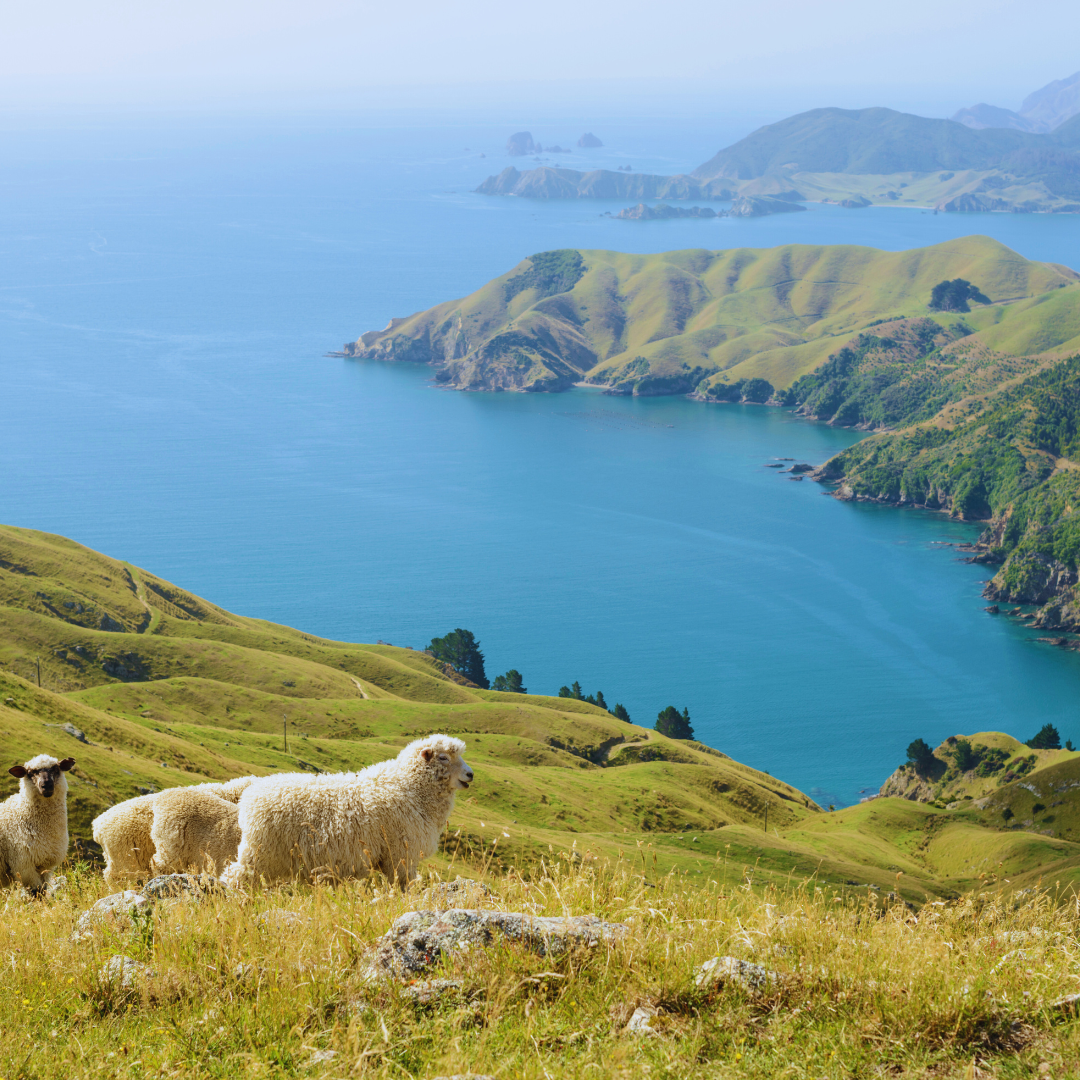New Zealand’s Maori Culture and Seafaring Heritage: Embracing Indigenous Traditions

Aotearoa, the land of the long white cloud, is not just a geographical entity. It’s a tapestry of stories, traditions, and histories that merge the land with its people. The Maori, New Zealand’s indigenous Polynesian inhabitants, have lived in symbiotic harmony with the archipelago’s mountains, forests, and vast expanses of water for over a millennium. Their deep connection with the sea, manifesting in tales of navigation, legends, and craftsmanship, stands as a testament to a vibrant seafaring heritage. This article dives into the watery realm of Maori culture, shedding light on its maritime facets.
The Maori Connection to the Sea: Historical Overview
The sea, for the Maori, was more than just a body of water; it was the very essence of life, linking ancestral Polynesian homelands to the new territories of Aotearoa. Early Maori settlers, using advanced navigational knowledge, journeyed across vast stretches of the Pacific, forging paths through uncharted waters. The ocean provided sustenance, trade opportunities, and spiritual connection. It was both a barrier and a conduit, isolating tribes yet facilitating interaction. This profound bond with the sea sculpted the Maori’s social, economic, and spiritual realms, making it an inseparable part of their identity.
Waka (Canoe) Traditions: Ancient Navigation and Craftsmanship
The waka, or canoe, symbolizes the Maori’s unparalleled craftsmanship and navigational genius. These intricately designed vessels, made from giant kauri trees, were more than mere boats; they were living entities, embodying ancestral spirits. The art of waka construction was sacred, with rituals and chants accompanying each phase. Navigators, using celestial bodies, ocean currents, and bird movements, would journey between islands, showcasing their deep understanding of the natural world. Today, waka traditions are celebrated in events like the Waka Ama championships, bridging the ancient with the contemporary.
Embracing Maori Culture: Visits to Marae and Cultural Performances
A marae, or communal meeting ground, is the heart of Maori communities. It’s where social, spiritual, and political gatherings take place. Visitors to New Zealand have the unique opportunity to experience Maori culture firsthand by visiting a marae. Ceremonies like the powhiri (welcome ritual) and kapa haka (traditional performances) offer a window into the Maori world, with song, dance, and oratory taking center stage. These experiences are immersive, allowing guests to feel the pulse of Maori traditions and understand their profound link to the land and sea.
Coastal Marae and Sacred Sites
While marae dot the entire New Zealand landscape, coastal marae have a special significance due to their proximity to the sea. These sites, often adorned with intricate carvings depicting marine life, ancestors, and gods, stand as guardians of the coast. Places like Taputapuātea, a UNESCO World Heritage site, resonate with centuries-old chants and prayers. Visiting these sacred sites is a journey into the spiritual realm of the Maori, where every stone, carving, and whisper of the wind tells a tale of the deep blue yonder.
Legends of the Sea: Maori Myths and Stories
The Maori cosmology is rich with legends where the sea plays a pivotal role. Tales of Maui, the demigod who fished up the North Island, or Paikea, the whale rider, weave a narrative where humans, gods, and marine life coexist in a delicate balance. These stories, passed down orally through generations, are more than just entertaining tales; they encode values, morals, and ecological wisdom. They teach respect for the ocean, its inhabitants, and underscore the Maori’s role as guardians (kaitiaki) of this vast blue expanse.
Participate in Traditional Activities: Fishing, Carving, and More
For those looking to engage more deeply with Maori maritime traditions, hands-on experiences are invaluable. Traditional fishing methods, like using bone hooks and woven traps, offer insights into sustainable practices. Workshops on carving can introduce enthusiasts to the art of creating miniature waka or intricate marine motifs. Participating in these activities is not merely about learning a skill; it’s about imbibing a worldview that sees the sea not as a resource but as a revered entity.
Respect and Protocols: Understanding Maori Customs
Engaging with Maori culture necessitates an understanding and respect for its customs. From removing shoes before entering a marae to the manner of greeting (hongi – pressing of noses), each custom carries deep significance. When visiting coastal sites or engaging in marine activities, it’s crucial to be aware of tapu (sacred) sites and respect local advisories. The Maori view the world through a lens of interconnectedness, and recognizing this interconnectedness ensures a genuine and respectful immersion into their world.
The Maori’s bond with the sea is a powerful reminder of humanity’s intrinsic connection to nature. As waves have lapped against New Zealand’s shores for millennia, so have tales of navigation, reverence, and survival echoed through Maori songs, dances, and legends. To understand New Zealand is to embrace this maritime tapestry, to see the islands not just as landforms but as vessels of stories, waiting to be navigated. Through the ripples of the past and the currents of the present, the Maori’s seafaring heritage sails on, beckoning us to journey with it into the heart of Aotearoa.


